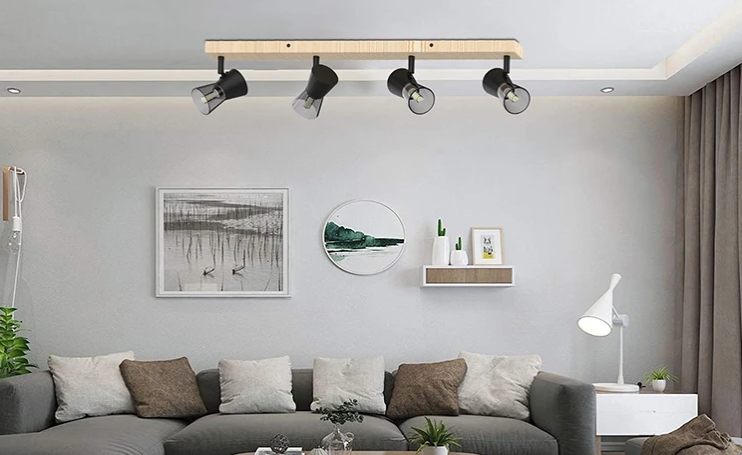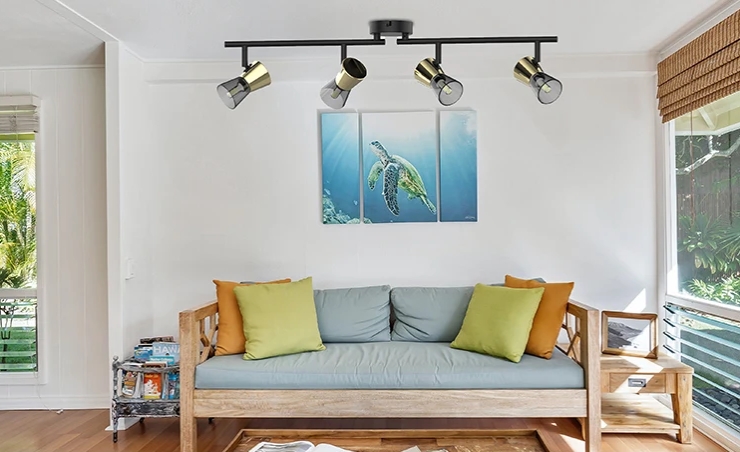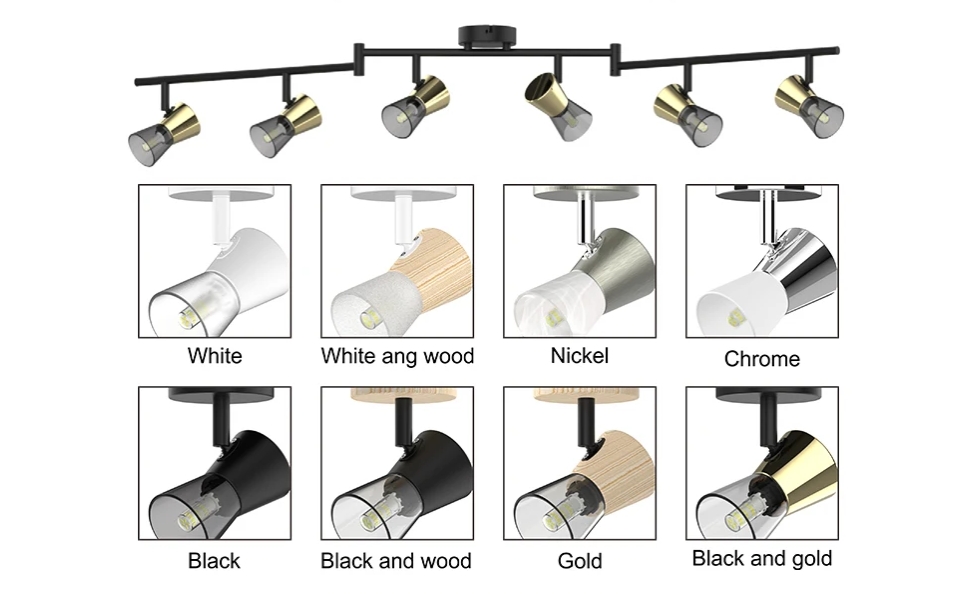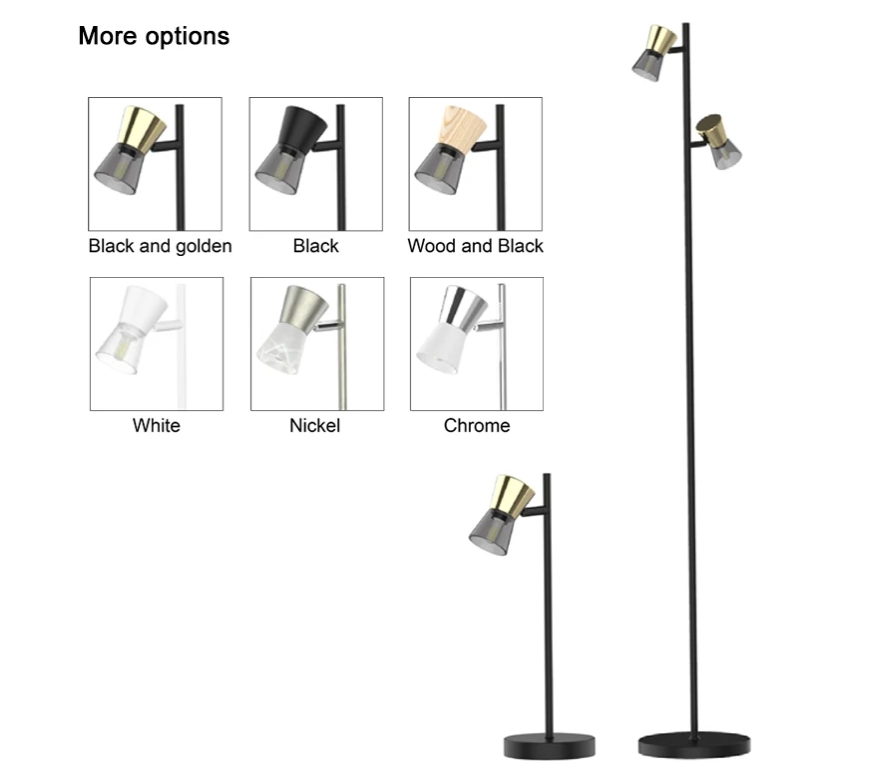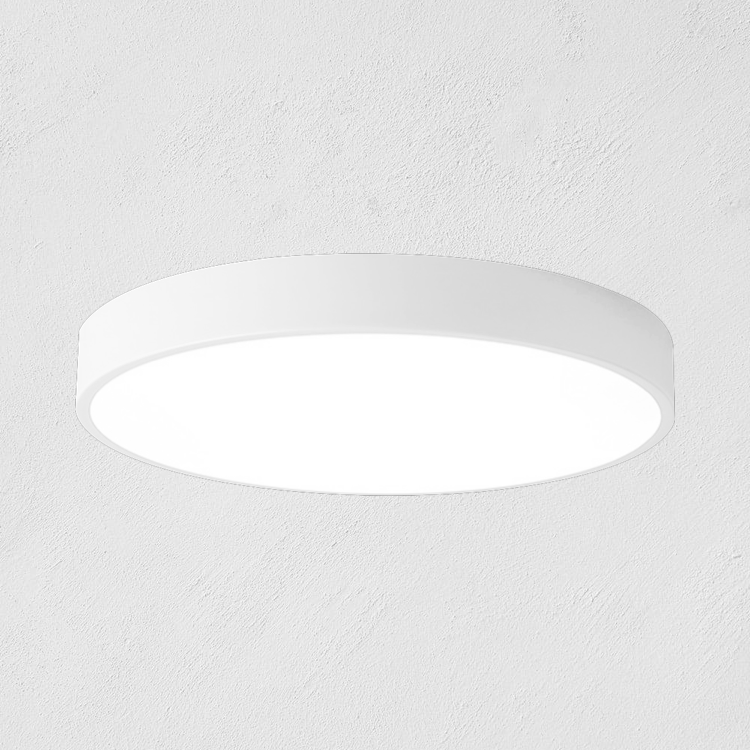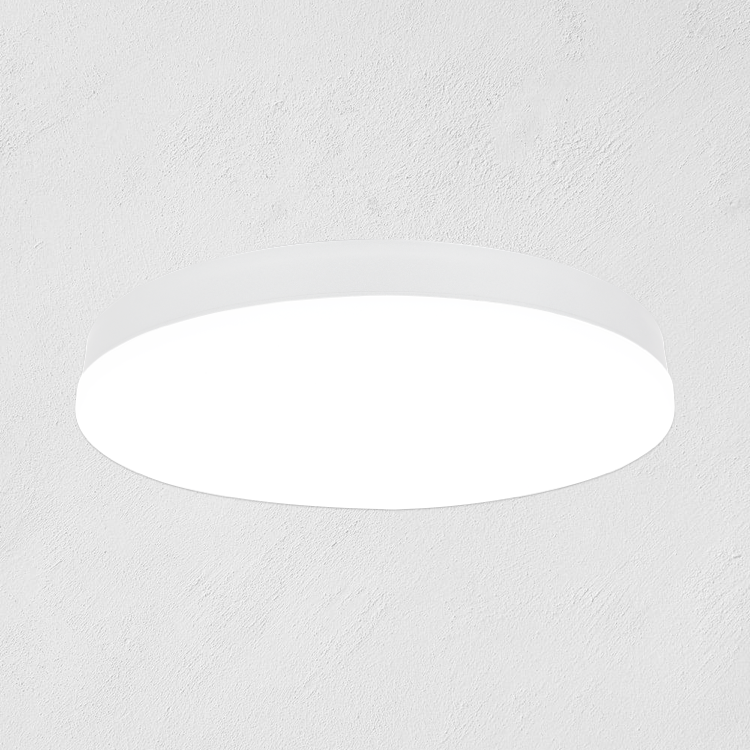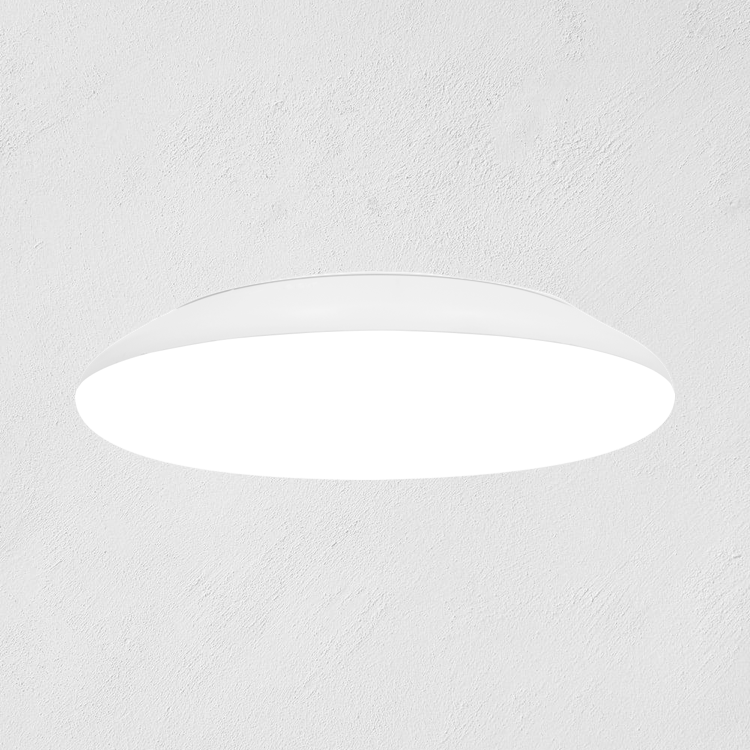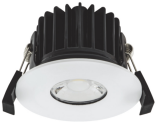An interior ceiling spot light can add a touch of elegance and functionality to any room. Whether you're looking to create ambient lighting, accentuate artwork, or provide task lighting, choosing the right wattage is crucial to achieving the desired lighting effect.
Here we will guide you through a step-by-step process to help you choose the right wattage for your ceiling spotlights.
Step 1: Determine the Purpose of the Lighting
Before selecting the wattage, identify the specific purpose or function of the spot light in ceiling. Different rooms and areas require varying levels of illumination.
● Ambient Lighting: For general illumination in living rooms, dining rooms, or bedrooms, opt for lower-wattage bulbs (e.g., 5-15 watts for LED spotlights) to create a cozy and inviting atmosphere.
● Accent Lighting: To highlight architectural features, artwork, or decorative elements, choose medium to high-wattage bulbs (e.g., 20-50 watts for LED spotlights). Consider dimmable options for flexibility.
● Task Lighting: In areas where focused illumination is needed, such as kitchens, home offices, or reading nooks, select higher-wattage bulbs (e.g., 50-100 watts for LED spotlights) to provide ample light for tasks.
Step 2: Consider the Room Size and Layout
The size and layout of the room play a significant role in wattage selection.
● Small Rooms: For compact spaces like closets or hallways, lower-wattage bulbs (e.g., 5-10 watts for LED spotlights) are sufficient to prevent overpowering the area.
● Medium-sized Rooms: In rooms of average size, like bedrooms or home offices, choose medium-wattage bulbs (e.g., 15-30 watts for LED spotlights) to ensure even illumination.
● Large Rooms: Spacious areas like living rooms or open-concept spaces may require higher wattage bulbs (e.g., 30-50+ watts for LED spotlights) to adequately light the entire area.
Step 3: Energy Efficiency
In today's environmentally conscious world, it's essential to consider energy-efficient lighting options. LED bulbs are a popular choice due to their low energy consumption and long lifespan. Consider the following:
● LED Wattage Equivalents: LED bulbs often have equivalent wattage ratings, which indicate their brightness compared to traditional incandescent bulbs. For instance, a 10-watt LED bulb may provide the same illumination as a 60-watt incandescent bulb.
● Lumens: Focus on lumens (brightness) rather than wattage. Look for LED spotlights with the appropriate lumens for your desired lighting effect.
Step 4: Experiment with Dimmers
If you're unsure about the exact wattage needed, consider installing dimmer switches. Dimmers allow you to adjust the light output to suit different occasions and moods. This flexibility can be especially useful in living rooms, dining areas, and bedrooms.
Step 5: Seek Professional Advice
For complex lighting installations or specialized requirements, consult with a professional LED ceiling spot light manufacturer, lighting designer, or electrician. They can provide expert guidance based on your specific needs, ensuring the perfect balance of aesthetics and functionality.
Are Higher-Wattage Bulbs Always Brighter?
In traditional incandescent bulbs, higher wattage typically corresponds to greater brightness. However, with the advent of LED and other energy-efficient technologies, wattage is no longer the sole indicator of brightness. Higher lumens mean a brighter light output, regardless of wattage.
Are There Any Color Temperature Considerations When Choosing Wattage?
Color temperature affects the ambiance of a room. Warmer color temperatures (e.g., 2700K-3000K) create a cozy and inviting atmosphere, while cooler temperatures (e.g., 4000K-5000K) provide a brighter and more energetic feel. Select bulbs with the appropriate color temperature to complement the room's purpose and décor.
Can I Use Smart Bulbs with Varying Wattages?
Smart bulbs, including those that are dimmable and color-changing, can be used with varying wattages. Many smart bulb models allow you to control brightness and color temperature through smartphone apps or voice commands, giving you even more flexibility in adjusting your lighting to suit your needs.
Are There Any Safety Considerations When Selecting Wattage?
Always ensure that the wattage you choose does not exceed the fixture's recommended maximum wattage. Overloading fixtures can pose a fire hazard. Refer to the fixture's labeling or consult with ceiling spot light manufacturers, or an electrician if you're uncertain about the maximum wattage.
Conclusion
Choosing the right wattage for ceiling spotlights involves a thoughtful consideration of the room's purpose, size, and layout, as well as a commitment to energy efficiency. By following these steps and keeping these factors in mind, you can achieve the ideal lighting effect for any space in your home, enhancing both its functionality and ambiance.
If you're planning a remodel and need some inspiration, take a quick look at Rayven's product gallery and maybe you'll discover the many possibilities. Whether you want a modern or rustic look, Rayvenlights may suit you and your budget.


